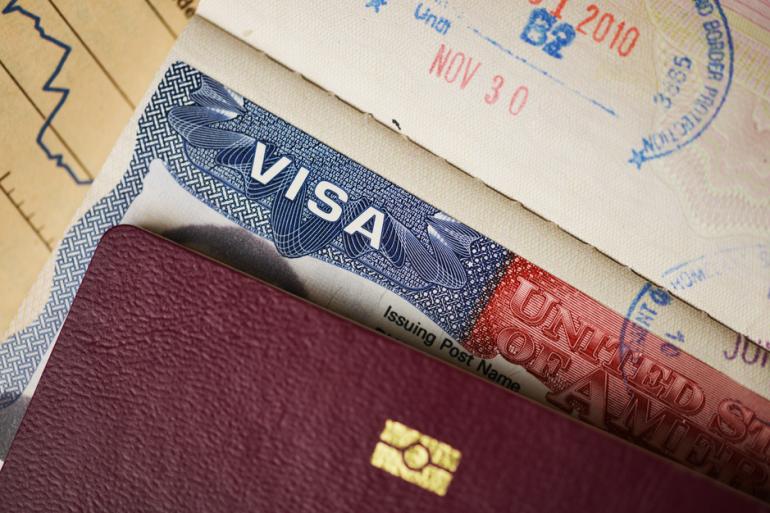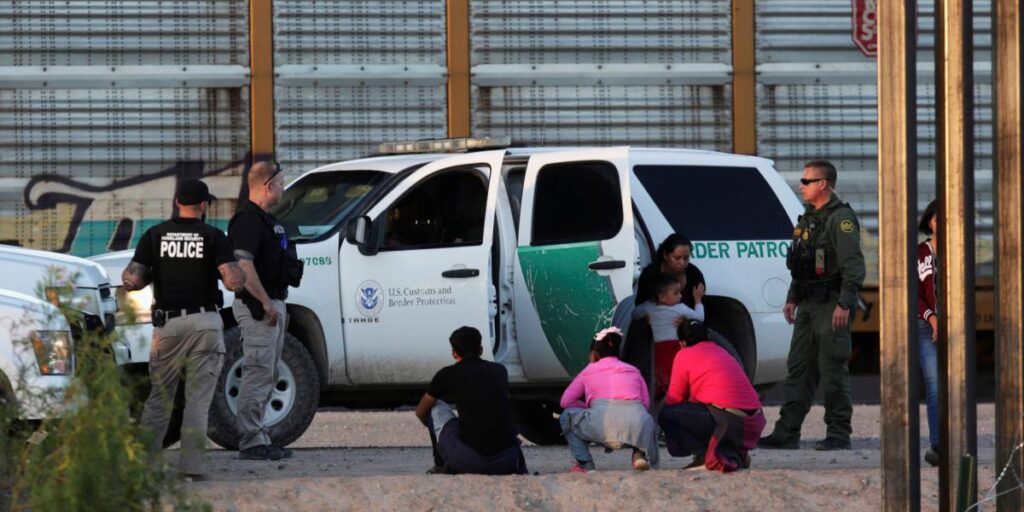When it comes to working in a foreign country like the United States, understanding the differences between a temporary work visa and a permanent work visa is crucial. Each type of visa has its own set of requirements, benefits, and limitations, so it’s important to know which one is right for your situation.
Temporary Work Visa:
A temporary work visa, also known as a non-immigrant visa, allows individuals to live and work in the United States for a limited period of time. These visas are typically granted for specific purposes, such as employment, education, or training, and have expiration dates.
Some common types of temporary work visas in the United States include the H-1B visa for specialty occupations, the L-1 visa for intracompany transferees, and the O-1 visa for individuals with extraordinary ability or achievement.
One of the key features of a temporary work visa is that it is typically tied to a specific employer or job. This means that individuals who hold a temporary work visa are only authorized to work for the employer and in the position specified in their visa application.
Temporary work visas may also have limitations on the length of stay in the United States, as well as restrictions on activities such as studying or bringing family members to the country.
Permanent Work Visa:
A permanent work visa, also known as an immigrant visa or green card, allows individuals to live and work in the United States indefinitely. Unlike temporary work visas, permanent work visas are not tied to a specific employer or job, giving individuals more flexibility and freedom in their employment options.
There are several pathways to obtaining a permanent work visa in the United States, including employment-based sponsorship, family sponsorship, and investment-based immigration programs.
Employment-based sponsorship is one of the most common ways to obtain a green card for employment purposes. This typically involves a U.S. employer sponsoring an individual for permanent residency based on their skills, qualifications, and the needs of the employer.
Family sponsorship allows U.S. citizens and lawful permanent residents to sponsor certain family members for green cards. This includes spouses, children, parents, and siblings, among others.
Investment-based immigration programs, such as the EB-5 Immigrant Investor Program, allow individuals to obtain green cards by investing a certain amount of money in a qualifying U.S. business venture.
Once granted, a permanent work visa allows individuals to live and work in the United States indefinitely, travel freely in and out of the country, and eventually apply for U.S. citizenship if desired.
Conclusion:
In summary, the main differences between a temporary work visa and a permanent work visa lie in their duration, limitations, and pathways to obtaining them. Temporary work visas are granted for a limited period of time and are typically tied to a specific employer or job, while permanent work visas allow individuals to live and work in the United States indefinitely and are not tied to a specific employer or job. Understanding these differences can help individuals navigate the U.S. immigration system and choose the visa option that best suits their needs and goals.




